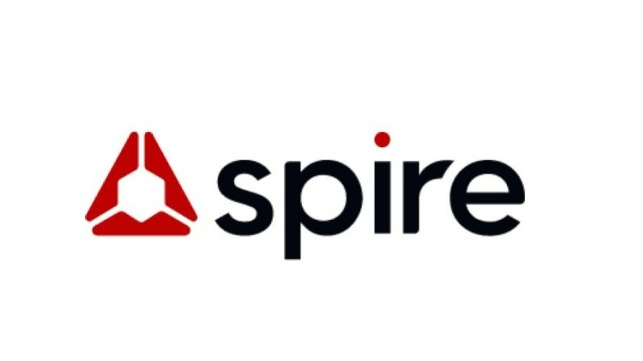
Projected quarterly earnings reveal a negative EPS of -$0.92, indicating ongoing financial challenges for Spire Global.
The company’s revenue projection of approximately $20.34 million and a price-to-sales ratio of 2.44 suggest some investor confidence in its sales potential.
High debt-to-equity ratio of 3.60 and a current ratio of 0.40 highlight potential liquidity issues and financial instability.
Spire Global, Inc. (NYSE:SPIR) is a company that provides data and analytics services, primarily through its satellite-based technology. The company is known for its global data collection and analysis capabilities, which serve various industries, including maritime, aviation, and weather forecasting. As a player in the satellite data industry, Spire competes with other companies like Planet Labs and Maxar Technologies.
On March 31, 2025, SPIR is set to release its quarterly earnings, with Wall Street estimating an earnings per share (EPS) of -$0.92. This negative EPS reflects the company’s ongoing financial challenges, as highlighted by its price-to-earnings (P/E) ratio of -3.21. A negative P/E ratio indicates that the company is currently experiencing losses, which is a concern for investors.
The revenue for the quarter is projected to be approximately $20.34 million. Despite this revenue, the company’s price-to-sales ratio of 2.44 suggests that investors are willing to pay $2.44 for every dollar of sales. This indicates some level of investor confidence in the company’s sales potential, even though the enterprise value to sales ratio is higher at 3.20, reflecting the company’s total valuation relative to its sales.
Spire Global’s financial metrics reveal significant challenges. The enterprise value to operating cash flow ratio is notably negative at -138.48, indicating difficulties in generating positive cash flow from operations. Additionally, the earnings yield is -31.14%, further emphasizing the company’s current financial struggles. These figures suggest that the company is facing hurdles in achieving profitability.
The company’s debt-to-equity ratio stands at 3.60, indicating a high level of debt compared to equity. This high leverage could pose risks, especially given the current ratio of 0.40, which suggests potential liquidity issues. A current ratio below 1 indicates that the company may struggle to cover its short-term liabilities with its current assets, raising concerns about its financial stability.
